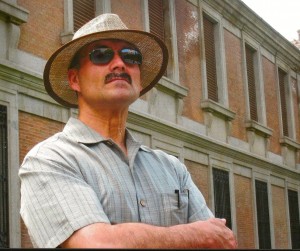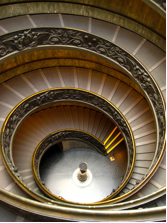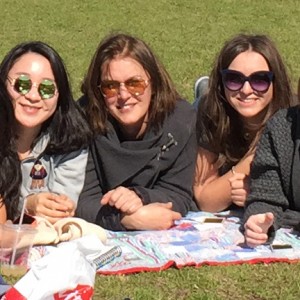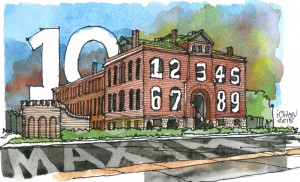by Marilyn Armstrong
Professor Fernando Munilla joined SCAD at the urging of his wife, who had heard that SCAD had an architecture program. At the time, Fernando was working with a firm in Statesboro and had never even considered teaching. He was, however, mentoring a draftsman at the company and soon realized that teaching was, indeed, one of his strong suits. He applied, interviewed and started in 1988, where his first architecture department meeting included a whopping five professors, including the chair. We’re fortunate that he made this decision; Fernando’s list of former students includes the likes of Christian Sottile, dean of the School of Building Arts, and professors Scott Singeisen, Anthony Cissell and Craig Clements. Teaching at SCAD, Fernando likes helping students develop their design ideas and credits his favorite professor, the late Olivio Ferrari at Virginia Tech, as his academic hero.
He remembers when architecture shared Henry Hall (now Eckburg Hall) with the painting program and having to navigate his way through the painters’ studios to get to the architecture spaces. With no NAAB to be concerned with back then, planning each quarter’s classes and lectures was done at the chair’s home over goldfish and beer. Fernando remembers early tours of Eichberg Hall, when prospective students wanted to see the computers. SCAD led the way, he says, with implementing the latest in technology and hiring faculty who were tech-savvy, giving us an edge over other colleges and universities.
Fernando lived in Queens, New York, until he was 12 and then his family moved to Miami, Florida. He recalls the New York World’s Fair and that he could walk to it, which he did almost every day. His fascination with the unusual buildings and the General Motors exhibit Futurama sparked his interest in architecture. With science and math among his favorite courses in high school, he was already looking toward architecture, though he didn’t know it at the time. He liked his architectural drafting course, especially working with the graphics and symbols. (Keep in mind, back then, there was no AutoCAD and all was done by hand.) He went on to complete a B.A. in design at the University of Florida and then his M.Arch. at Virginia Tech.
With 27 years of being a familiar face around campus, you’d think we knew all there is to know about Fernando Munilla, but did you know that he owns guns and that he likes Willie Nelson? When asked about the guns, he assured me that he shoots only at targets made specifically for that purpose! Whether he’s listening to Willie while he shoots, though, is unknown.
Fernando is looking forward to his retirement and seeing the country with his wife, a retired professor of marketing at Georgia Southern. A fan of western movies, he hopes to visit some of the locations where his favorites like True Grit and High Noon were shot and to see Mount Rushmore. Fernando will also get to spend more time with their three children and especially his granddaughter.
The fun stuff
If you were a rock star, what would you insist on having in the green room before a performance? Green tea, Hostess Ding Dongs and Shania Twain
Who are your three fantasy dinner guests? Jimmy Stewart, Le Corbusier (Charles-Édouard Jeanneret-Gris) and my maternal grandfather, who died before I was born
What can you not leave home without? My keys!
What are you really bad at? Ty#%ping!!!
What are you really good at? Explaining things in ways that people can understand
- Your favorites —
- Color: Royal Blue
- Food: Anything with rice
- Animal: Dog
- Book: Zen and the Art of Motorcycle Maintenance
- Movie: North by Northwest


 By Emad M. Afifi, D. Arch.
By Emad M. Afifi, D. Arch.
